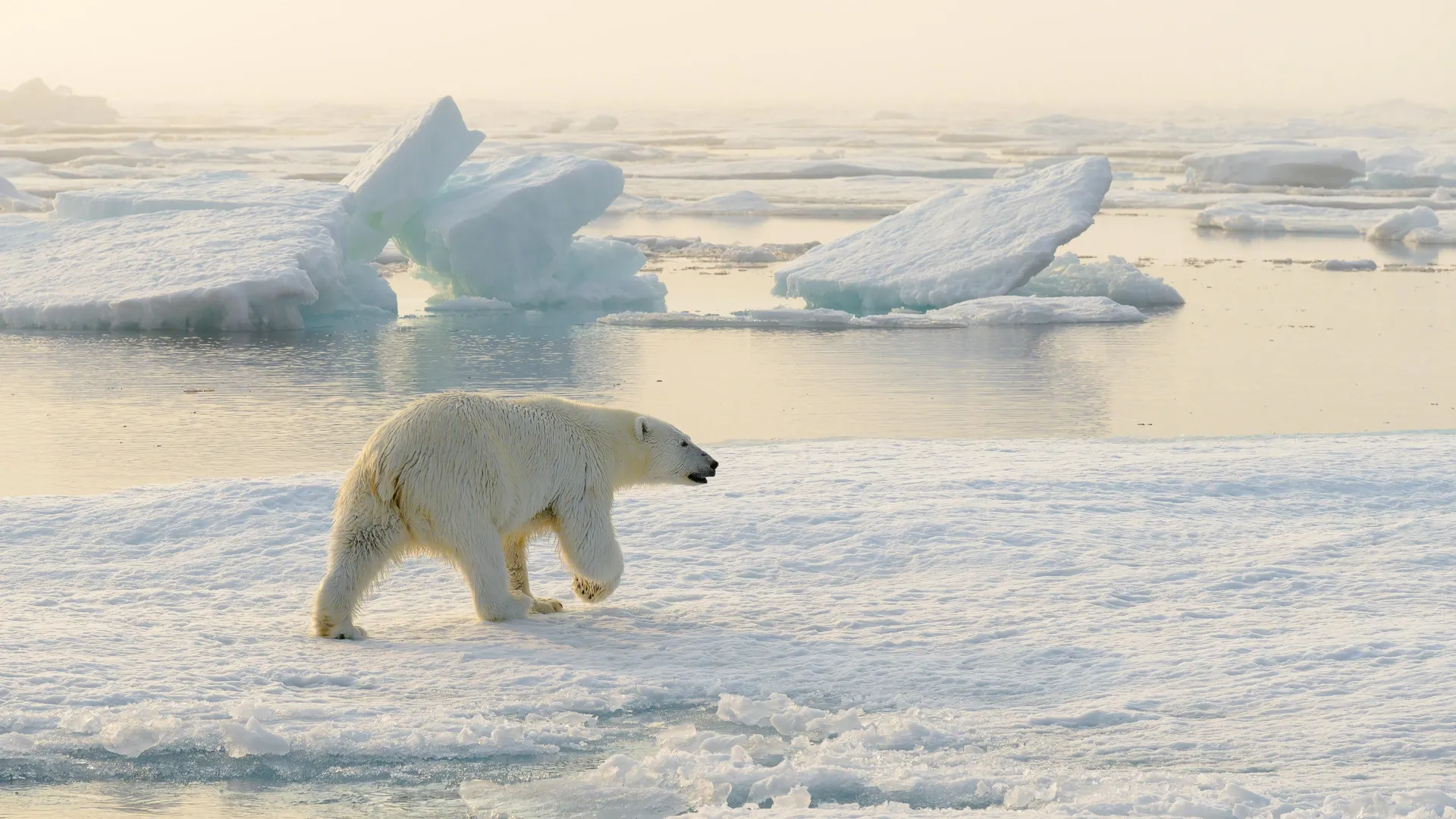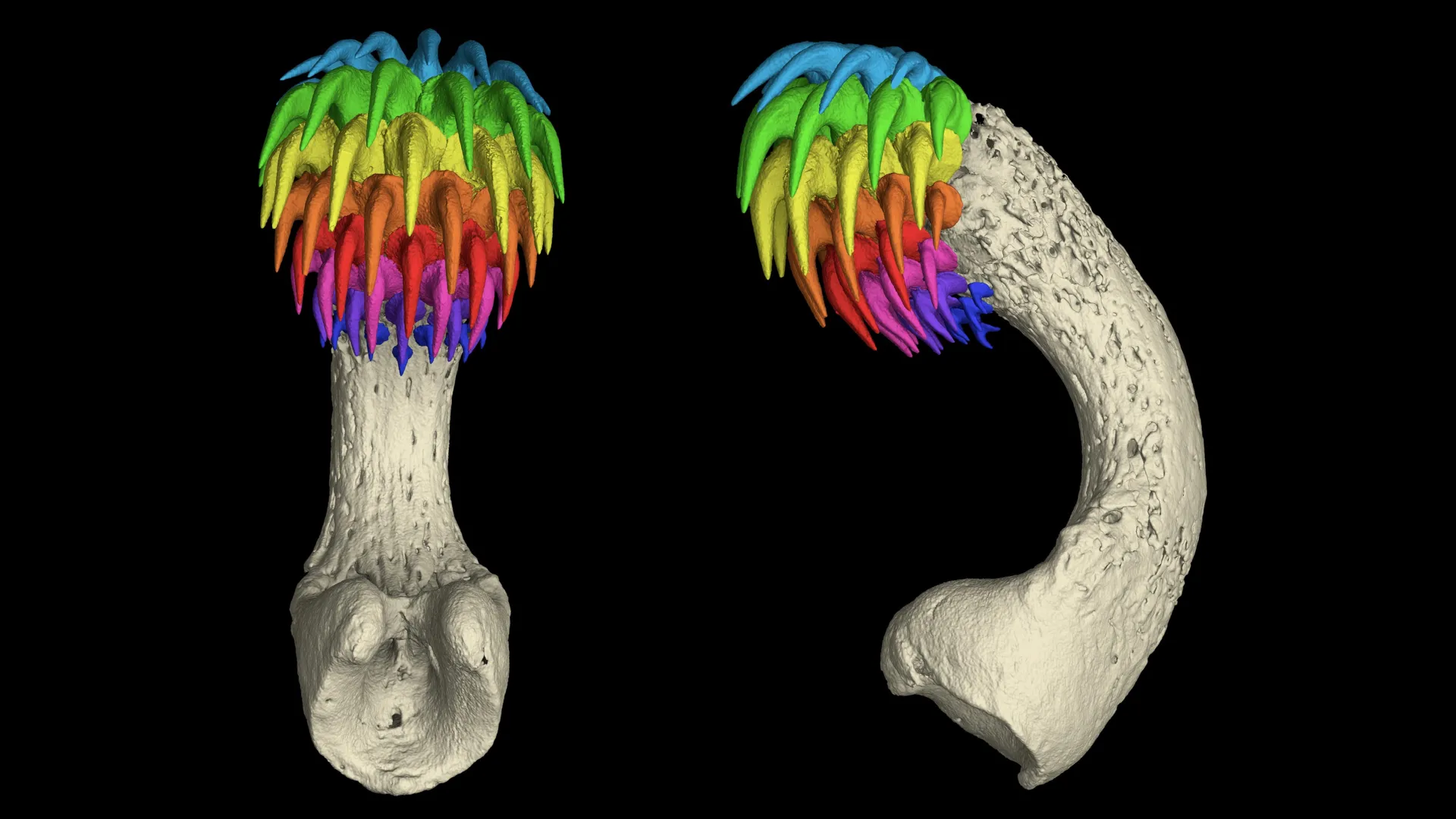Now Reading: Satellites Validate 1990s Sea-Level Rise Predictions with Striking Precision
-
01
Satellites Validate 1990s Sea-Level Rise Predictions with Striking Precision
Satellites Validate 1990s Sea-Level Rise Predictions with Striking Precision

Speedy Summary
- Researchers from Tulane University have analyzed 30 years of satellite data on global sea levels and compared them to mid-1990s climate projections; findings were published in Earth’s Future.
- Lead author Torbjörn Törnqvist stated the accuracy of early projections despite limitations in modeling technology is a testament to the reliability of climate science.
- the rate of global sea-level rise has been approximately one-eighth inch per year over three decades, with acceleration noted more recently.
- NASA researchers demonstrated in 2024 that this rate has doubled since measurements began.
- The Intergovernmental Panel on Climate change (IPCC), in its 1996 report, projected an increase of nearly 8 cm (3 inches) by now-close to the actual observed rise of about 9 cm-but underestimated contributions from melting ice sheets (by over 2 cm).
- Co-author Sönke Dangendorf emphasized regional variability in sea-level rise and the importance of customized projections for coastal regions like south Louisiana.
- Melting ice sheets and warming ocean waters destabilizing Antarctica are emerging as key factors influencing accelerated sea-level changes.Uncertainty remains regarding catastrophic ice-sheet collapses by century’s end.
Indian Opinion Analysis
The study underscores the robustness and persistence of early scientific models predicting climate change impacts, affirming decades-long understanding among experts regarding human-induced environmental shifts. Such validation bolsters confidence in current predictive tools used globally, including India’s own climatological research initiatives.
Sea-level rises pose a particular concern for india given its extensive low-elevation coastal zones that host millions vulnerable to flooding and other impacts like saltwater intrusion into freshwaters. With emerging evidence showing faster-than-estimated contributions from polar ice melts-previously thought less significant-it becomes critical for Indian policymakers to adapt base assumptions for planning processes around coastline resilience and infrastructure sustainability.
Investment into region-specific data collection mechanisms akin to NASA’s monitoring efforts may offer actionable insights tailored specifically for India’s unique geographic challenges. Though, translating global observations into regionally relevant responses would require prioritizing long-term decision-making amid uncertainties concerning extreme scenarios like Antarctic ice-sheet collapse.
India could benefit greatly from international collaboration aimed at advancing shared technologies while ensuring emphasis is placed on immediate risks posed by accelerating ocean behavior patterns driven climate forces rather distant hypotheticals requiring uncertain timelines
























